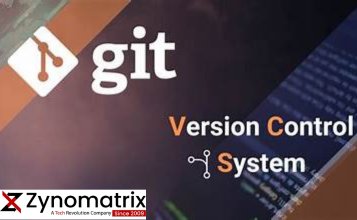Version Control with Git: A Developer's Best Friend
This comprehensive blog post is a definitive guide to understanding and harnessing Git's capabilities. It covers a spectrum of topics, from the basics of version control to the intricate details of branching, merging, resolving conflicts, and collaborating effectively using platforms like GitHub or GitLab. Each section provides practical insights, code snippets, and real-world examples, empowering readers to leverage Git to its fullest potential in their development workflows.

Introduction: In the realm of software development, maintaining the integrity of code, collaborating seamlessly with teams, and keeping track of changes are paramount. Enter Git – a distributed version control system that has revolutionized the way developers manage and track changes in their projects. This blog aims to unravel the power of Git, guiding developers through its functionalities, benefits, and best practices, ultimately showcasing why it remains an indispensable tool in a developer's arsenal.
Git stands tall as a game-changer in the realm of version control systems. At its core, it empowers developers to track changes, collaborate seamlessly with teams, and maintain code integrity throughout the software development lifecycle. In this comprehensive guide, we'll navigate through Git's functionalities, exploring how it streamlines workflows and ensures code reliability.
Starting with the fundamentals, we'll dive into the essence of version control and its importance in modern software development. Understanding the basics of commits, branches, and repositories lays the groundwork for harnessing Git's power effectively.
Our journey progresses to exploring Git's branching and merging capabilities, enabling developers to work on different features or fixes simultaneously while maintaining a clean and organized codebase. We'll delve into resolving conflicts, a vital skill in collaborative environments, ensuring a smooth development process.
Beyond the technical aspects, we'll shed light on how platforms like GitHub or GitLab enhance collaboration, facilitate code review, and serve as centralized hubs for hosting repositories. These platforms augment Git's functionalities, providing a collaborative space for developers worldwide.
By the conclusion of this guide, readers will have gained a profound understanding of Git's mechanics, enabling them to implement version control effectively in their projects. Armed with this knowledge, developers can foster efficient collaboration, maintain code quality, and navigate through complex development landscapes with confidence.
What's Your Reaction?










![Async/Await in [removed] Simplifying Asynchronous Code](https://zynomatrix.com/uploads/images/202310/image_650x433_651bbdea24f41.jpg)










